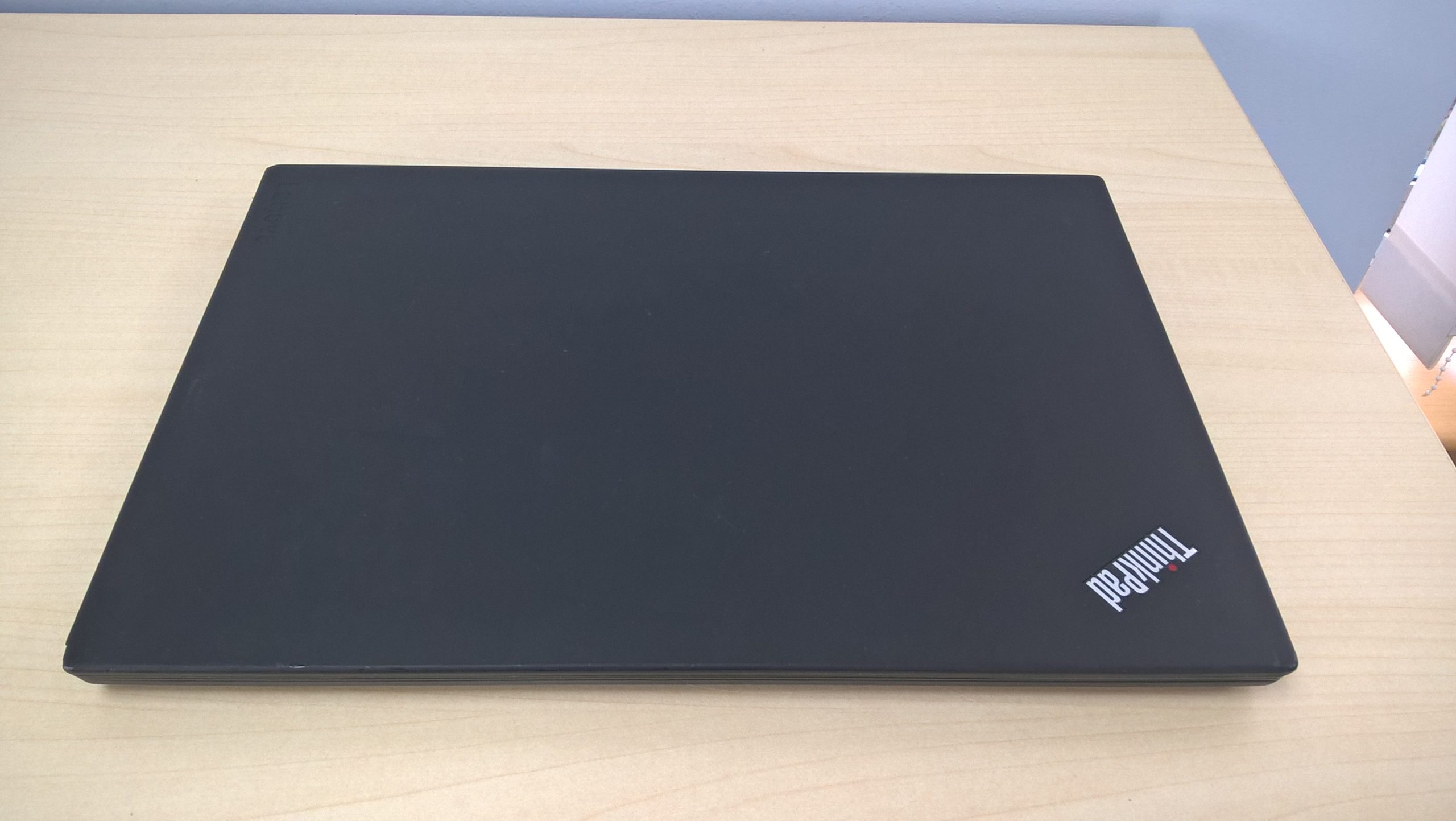Navigating Computer Viruses: Safeguarding Your Valuable Photos
Recently, my husband encountered a significant issue that many of us dread: a serious virus infiltrated our computer system. It all started when he unintentionally clicked on a suspicious link featured in a blog. The aftermath was chaotic, with the computer exhibiting all sorts of irregularities, and after a difficult reboot, we were met with a bizarre change in the desktop background.
To make matters worse, we received a phone call from someone pretending to be a Microsoft representative, providing the last four digits of our bank account and requesting my husband to sign in for verification. Thankfully, he recognized this as a scam and promptly ended the call.
In the midst of this technological turmoil, I have a pressing concern: a collection of precious photos I’ve been procrastinating on transferring to a USB drive. After restoring the system to a previous point—approximately a week ago—I’m eager to secure those images on a clean USB. While Windows Defender hasn’t detected any threats thus far, it’s unsettling to think there might still be lurking dangers.
As we prepare to execute a factory reset on our computer, my foremost concern revolves around the health and safety of those cherished photographs. Specifically, I’m anxious to understand the risks of transferring potentially infected images. What is the likelihood that these photos could carry the virus, and are there additional precautions I should take to ensure they remain safe?
If anyone has experience with similar situations or advice on how to securely manage this process, your insights would be greatly appreciated. After all, it’s essential to protect our digital memories while navigating the unpredictable landscape of computer security.
Share this content:




Dear user,
It’s great that you’re taking steps to protect your important photos before performing a factory reset. When it comes to potentially infected images, there is indeed a risk that certain types of malware can be embedded within image files, although this is relatively uncommon with standard photos like JPEGs or PNGs.
To minimize any risks, I recommend following these best practices:
By taking these precautions, you can help ensure your valuable photos remain safe and secure during this transition. If you have any further questions or need assistance with the process, feel free to reach out.